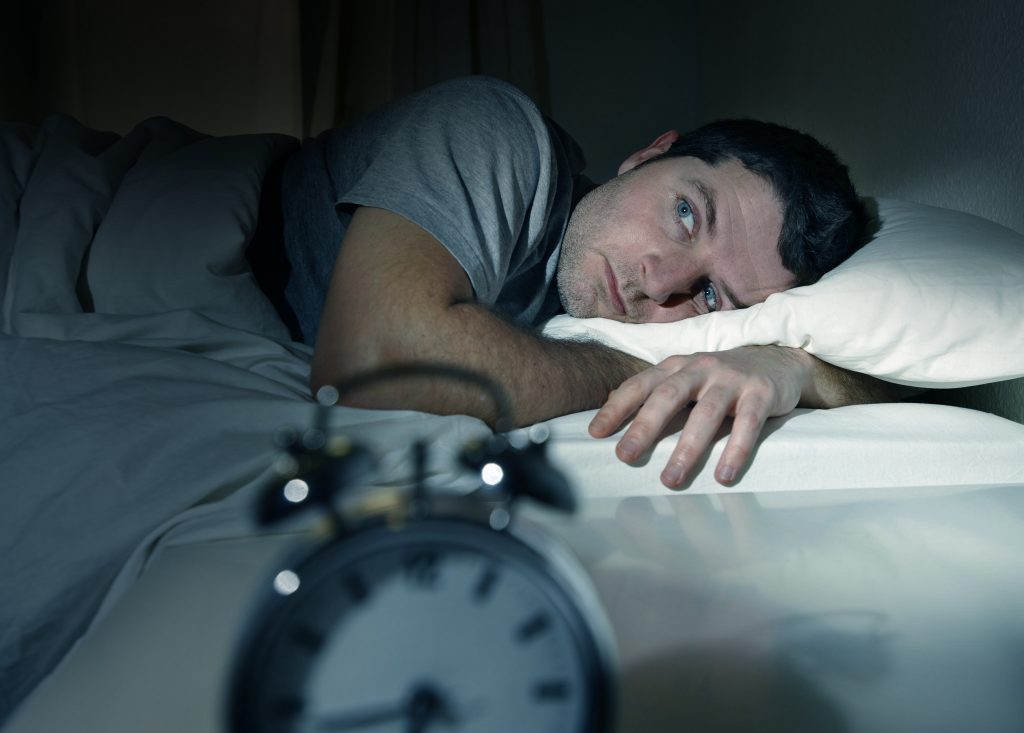
Everyone knows that a balanced diet and exercise are essential to a happy and healthy life. A wellness habit that doesn’t always get as much awareness, however, is the importance of a good night’s rest. Research has consistently proven that people need to maintain adequate sleep for optimal mental and physical health. But there are a multitude of sleep disorders, including sleep apnea, that can make this difficult or even impossible.
One of the most prominent sleep disorders is sleep apnea, but there are different stages, and each one carries its own identifiers. Today, we explain what those identifiers are, as well as inform you of what to do if you think you or a loved one displays any of them.
The Early Stages of Sleep Apnea
The first stage of sleep apnea is benign snoring. Benign snoring is often harmless, but it can be an indication that sleep apnea will develop in the future. Benign snoring should be monitored, making sure the condition does not become consistent, very loud, or start disrupting sleep.
The next stage is Upper Airway Resistance Syndrome (UARS). UARS interrupts sleep, but not everyone with the condition snores — some people only exhibit heavy breathing with a significant effort to inhale. This is typically the middle stage between benign snoring and obstructive sleep apnea.
The main difference between UARS and sleep apnea is that no or very few apnea events (a momentary pause in breathing) are experienced with the former. Additionally, sleep apnea sufferers are often overweight or obese, while UARS patients are normally of average weight. UARS is also experienced equally in both women and men. Comparatively, men are two times more likely to develop sleep apnea than women are.
It’s important to remember that, if left untreated, UARS will turn into obstructive sleep apnea (OSA). Treatment for UARS could involve changing daily habits and/or using an oral appliance. These devices are ideal for people with UARS, as these patients do not qualify for a CPAP machine.
Obstructive Sleep Apnea
Obstructive sleep apnea is a serious condition with multiple health ramifications if left alone. The appropriate treatment, however, is determined by the amount of apneas that a patient experiences during one hour. Mild sleep apnea sufferers have 5-15 apneas per hour. Moderate sleep apnea occurs when there are 15-30 cessations per hour. Someone suffering from severe sleep apnea will experience more than 30 interruptions per hour.
The symptoms that accompany OSA look similar to those found in UARS patients, but they are much more severe. They include:
- Morning headaches
- Feelings of depression, mood swings, or anxiety
- High blood pressure
- Weight gain
- Frequent urination during the night
- Difficulty with memory or focus
All of the above can appear in mild, moderate, and severe sleep apnea, but the symptoms will be more pronounced depending on the number of apnea events.
What You Can Do
Benign snoring, UARS, and even mild sleep apnea can often be improved with lifestyle changes, such as modifying sleeping habits and incorporating a better diet/exercise routine. If you or a loved one is experiencing disruptive sleep apnea, however, know that professional treatment is necessary.
The best action you can take is to see a doctor who can help determine the proper diagnosis. A good place to start is right here at Sleep Better, Georgia. Dr. Jeff Rodgers and our skilled team can help identify the root cause of any sleep issues and get you on the path to proper treatment.
To schedule a free, no-obligation appointment, please contact us today!
